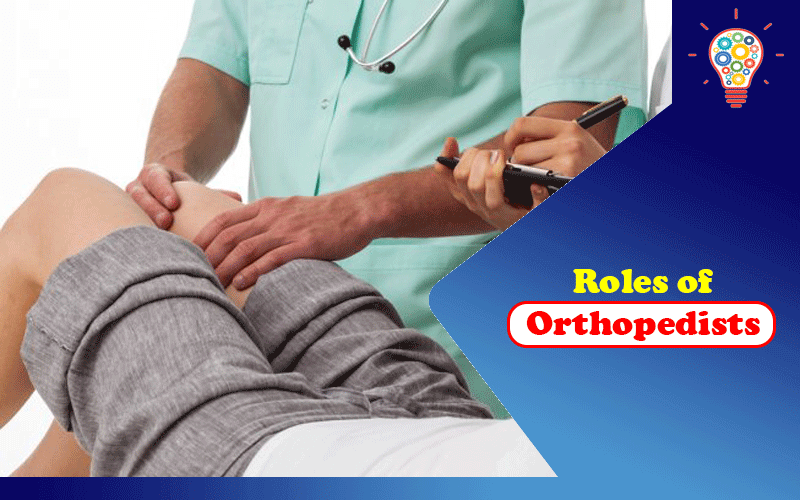Being a branch of medicine, orthopedics focuses on the care of the musculoskeletal system. Orthopedists in various clinical facilities use both surgical and nonsurgical approaches to monitor issues within muscles, bones, joints, tendons, and ligaments.
Orthopedists work alongside medical clinicians ranging from physician assistants, athletic trainers, nurse practitioners, occupational and physical therapists. Get to learn more as you read on within the post.
Table of Contents
Common conditions are treated by Orthopedists
- Back pain
- Bone fractures
- Congenital conditions such as scoliosis
- Carpal tunnel syndrome
- Neck pain
- Joint pain occurring due to arthritis
- Ligament and tendon injuries
- Shoulder pain problems like bursitis
- Sports injuries such as meniscus tears, anterior cruciate ligament tear, and tendinitis
Orthopedic Facilities
Orthopedic facilities integrate orthopedists, which are key to diagnosing a person’s condition. Once appointed by orthopedists in their facility, they conduct a physical examination as well as X-ray scans. The orthopedists seek to diagnose a patient by;
- Asking personal symptoms
- Review medical record and medical health history
- Carry out a physical examination
- Review X-ray scans conducted prior to appointment
- Order diagnostic tests such as MRI scan, bone scan, CT scan, and nerve conduction studies
Bone problems treated within orthopedic facilities include;
- Bone deformities
- Bone infections
- Bone tumors
- Spinal deformities
- Fractures
- Malunions
- nonunions
Treatment plans for chronic musculoskeletal disorders by orthopedists
- Acupuncture
- Physical therapy and rehabilitation
- Injections
- Home exercise programs
- Surgery and mobility aids
Surgical operations performed by Orthopedists
Total joint replacement (TJR) /Arthroplasty
This is a surgical procedure commonly performed electively to replace a damaged joint with a prosthesis. It involves a combination of metal and plastic.
Arthroscopic surgery
This type of surgery involves the use of an arthroscope device to diagnose joint problems. The long thin camera is inserted into a patient’s joint then connected to a video monitor. This allows the doctor to see the inside of the joint.
Arthroscopic surgery may integrate the use of small incisions to fix joint issues. It is commonly done to repair joint injuries such as rotator cuff tears, meniscus tears, and ACL tears.
Fracture repair surgery
Orthopedists perform operations to repair severely broken bones. Different types of implants such as rods, plates, wires, and screws can be used to stabilize the bone.
Bone grafting surgery
Bone grafting entails using a bone from another person or bone from other parts of the body to strengthen the damaged bone.
Spinal Fusion
The procedure fuses together adjoining vertebrae of the spine. Orthopedists perform a spinal fusion to treat back and neck injuries like scoliosis.
Common conditions affecting bones of the foot
- Big toe arthritis/ hallux limitus/hallux rigidus
- Bunions
- Gout
- Hammer toes
- Heel spurs and plantar fasciitis
- Sesamoiditis
- Stress fracture
Joint problems diagnosed by orthopedists
- Bursitis
- Dislocation
- Joint inflammation and pain
Conditions affecting hand and wrist
- Tendon and ligament injuries
- Arthritis
- Carpal tunnel syndrome
- Ganglion cyst
- Tendinitis
- Tendon tears
Examples of shoulder problems that require an orthopedic check-up
- Impingement syndrome
- Adhesive capsulitis
- SLAP tears
- Rotator cuff tendinitis
- Torn labrum
- Separation
Orthopedists treat an array of musculoskeletal conditions arising from birth, injury, or age-related wear and tear. Orthopedists may involve the use of corticosteroid injection into the painful area.
Read Also: 3 Treatment Options for Astigmatism


One thought on “Roles of Orthopedists”